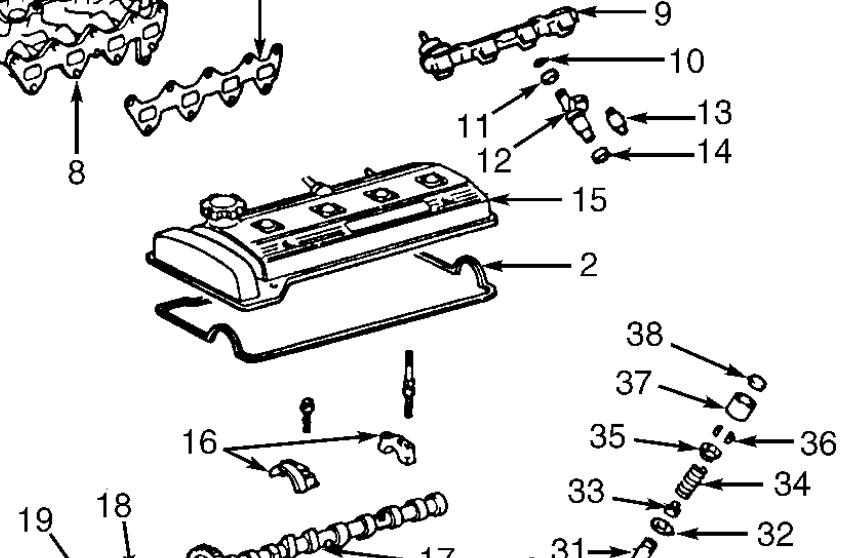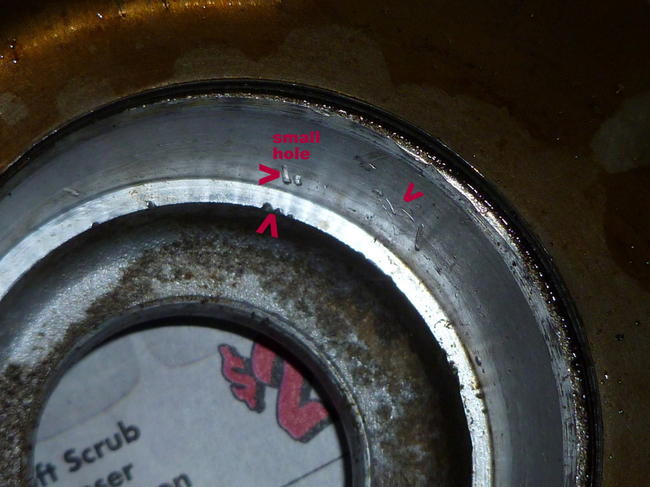Oh one more thing. I'm nervous about the torquing so I planned to under torque to say 35 in-lbs to make sure I don't bust something and then drive it straight to a shop (5 miles) and have them check and torque it properly. Is this something I can get away with safety-wise and will they charge me to do so? (I have a rented torque wrench and no way of checking it's accuracy). Thanks again.
Friday, April 26th, 2013 AT 8:48 PM

